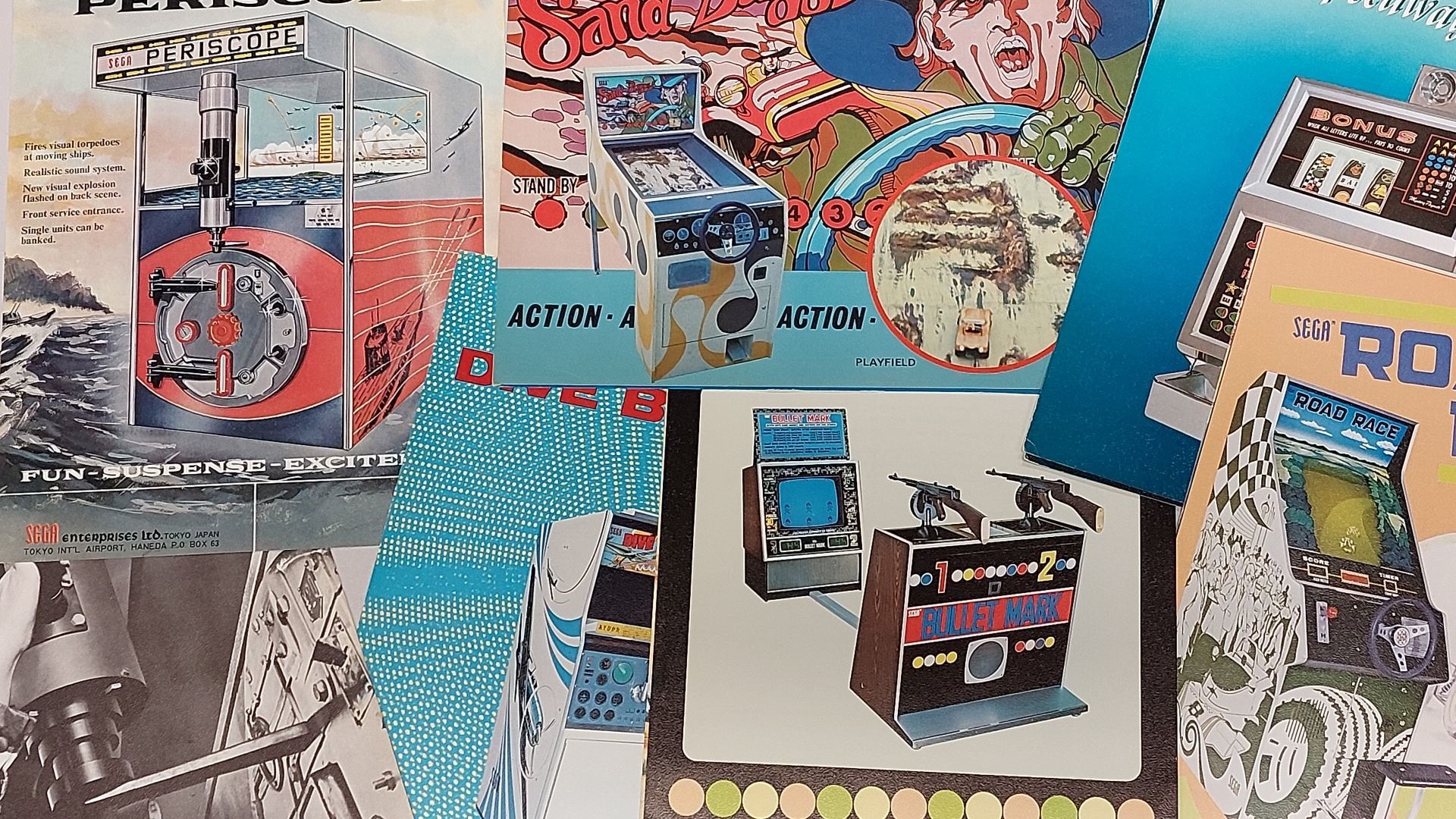The Nic Costa Archive (NCA) was established in the September of 2021 with the arrival of eighteen boxes of coin-operated and amusement arcade trade artefacts, documents, and memorabilia, to the School of Creative Arts and Industries at Canterbury Christ Church University.
It is named after Nic Costa, coin-operated machine historian, artist, and author of Automatic Pleasures, More Automatic Pleasures and Penny in the Slot, Conceiving the Internet, whose extensive collection makes up the majority of the archive. Items include marketing materials, advertisements, flyers, photographs and slides, documents, interviews, and other artefacts that trace the development of the international (and primarily British) coin-operated and amusement arcade industry from the late 1800s to the 1970s.
Professor Alan Meades, Director of the Nic Costa Archive and author of Arcade Britannia, an exploration of the social history of the British amusement arcade, was keen to make the collection more accessible for other researchers. After a public exhibition in March 2023, plans were made to transfer the Nic Costa Archive to Augustine House Library so that in-person visits could be made to the collection.
Once funding was approved, an archivist was appointed to the project. Nicola Waddington MA RMARA of Archives Alive, worked with a team of library staff and volunteers one day a week over the summer and into the Autumn. Nicola who has extensive experience in the sector was able to provide vital support, particularly when we hit bumps in the road – a nitrous film and decaying plastic being two of our challenges. She also knew a lot about paper types and chemistry – a skill I hadn’t realised might be important for an archivist.
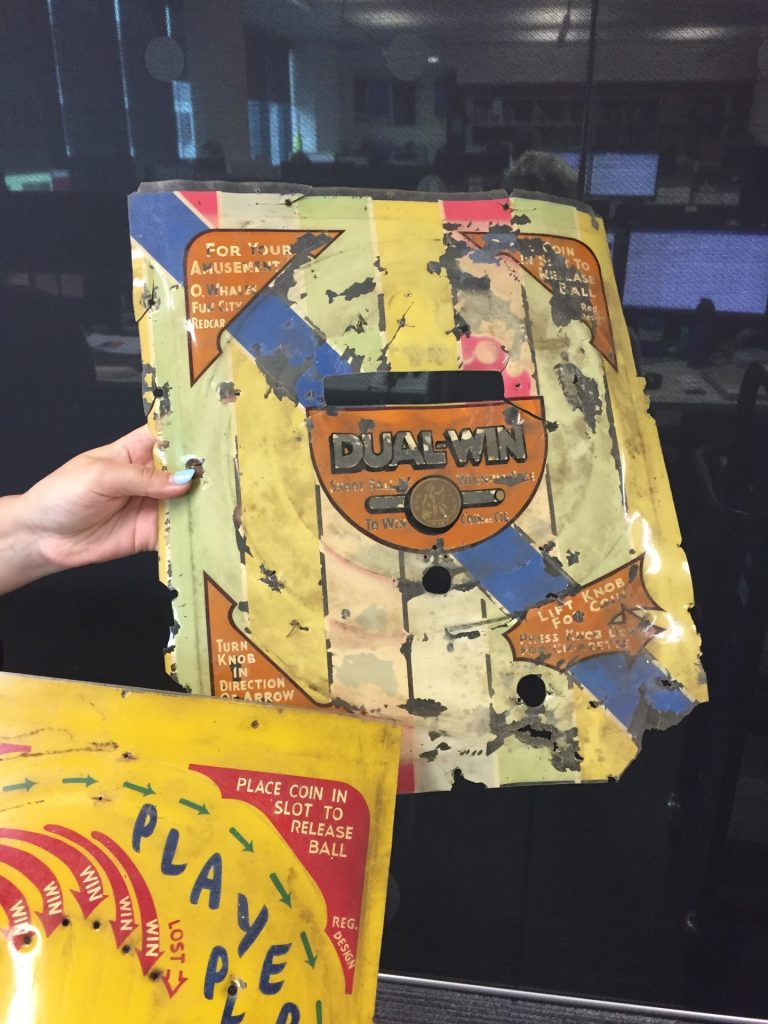
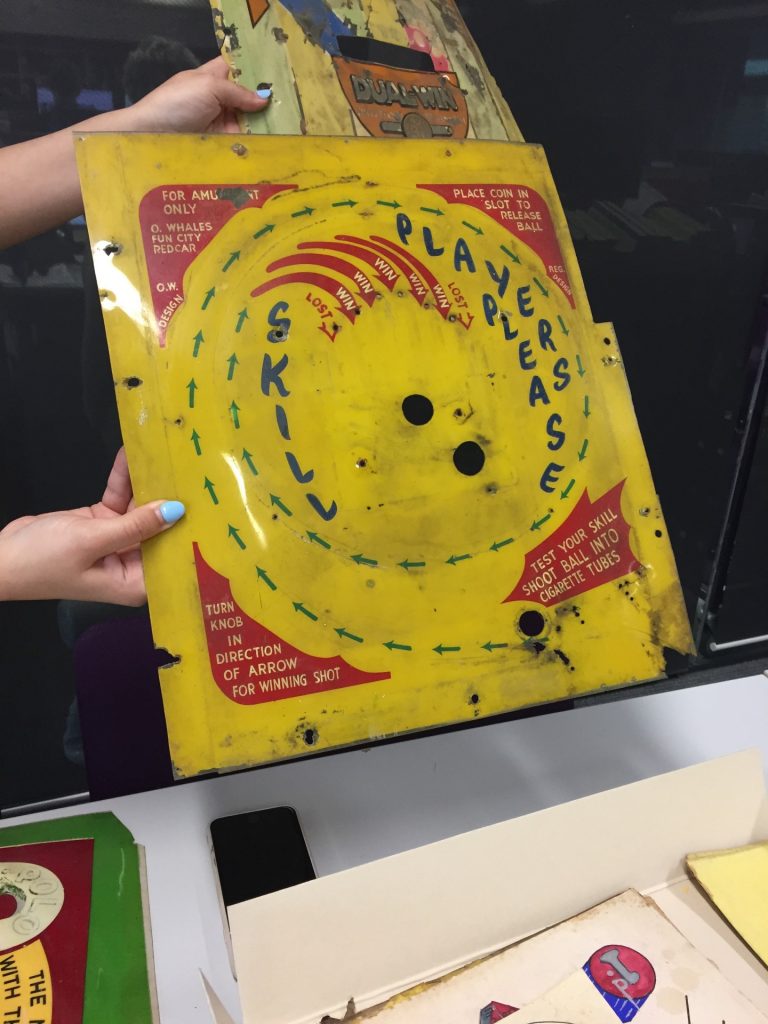
To prepare staff and volunteers for working with archives, Nicola ran her excellent “Bluffers Guide to Archiving” in which we learned about hierarchical cataloguing, fonds, sub fonds, series and files, as well as ISAD(G) – the international standard for archival cataloguing.
Henry Crowther, aged 16, who volunteered during the summer holidays after completing his GCSEs, compared the hierarchical system of cataloguing to the classification of species and quickly got to grips with fonds and sub fonds. Used to Dewey and its sub-divisions, I was a little slower to adapt and had to keep my crib sheet close by.
After this, the project team itemised everything in the boxes before Nicola compiled an overarching order for the collection. Then the serious work began as we began to create catalogue entries for each item. For the library staff, it was about unlearning our own rules of cataloguing and following a different disciplinary approach to organizing information. My eraser was worn thin, as I assigned the wrong numbers to items and had to re-do my work. It was certainly a learning curve!
Some items were more complex than others. Cataloguing the postcards was totally in my comfort zone, having been a postcard collector in my teens, but I found working with the company information more challenging as I tried to work out coin-operated machine manufacturers and distributors from a bygone era. Thankfully, Symona Turkson, an archive intern at the Alleyn’s School who travelled down from London especially to work on the project, along with the British Library digitized newspapers (via Gale) came to my rescue a few times. We also had to work with material in different languages – German, Italian, Dutch and Japanese.
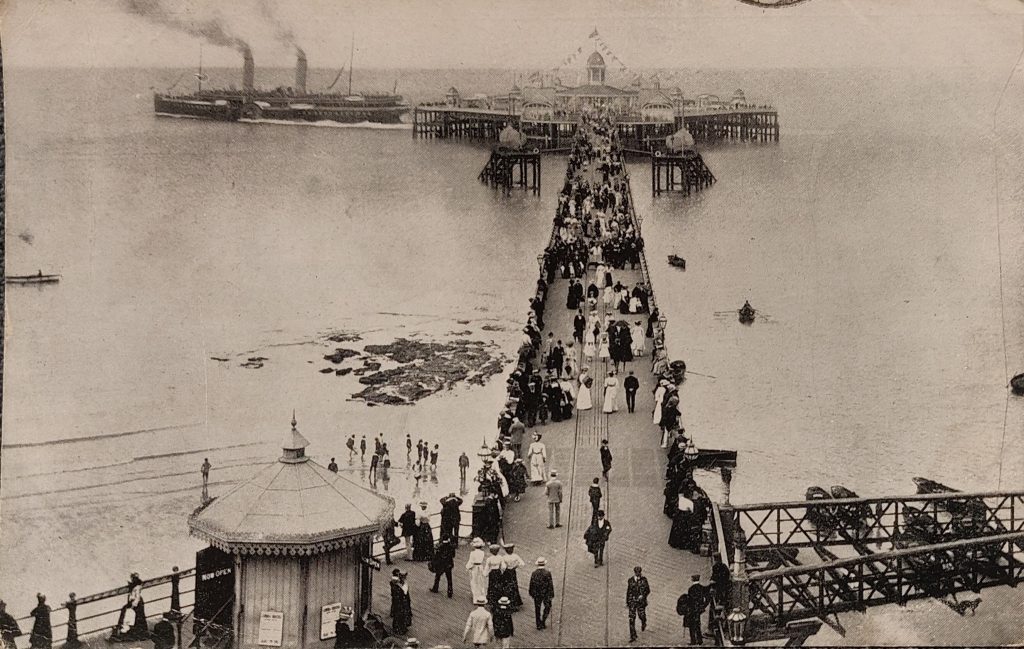
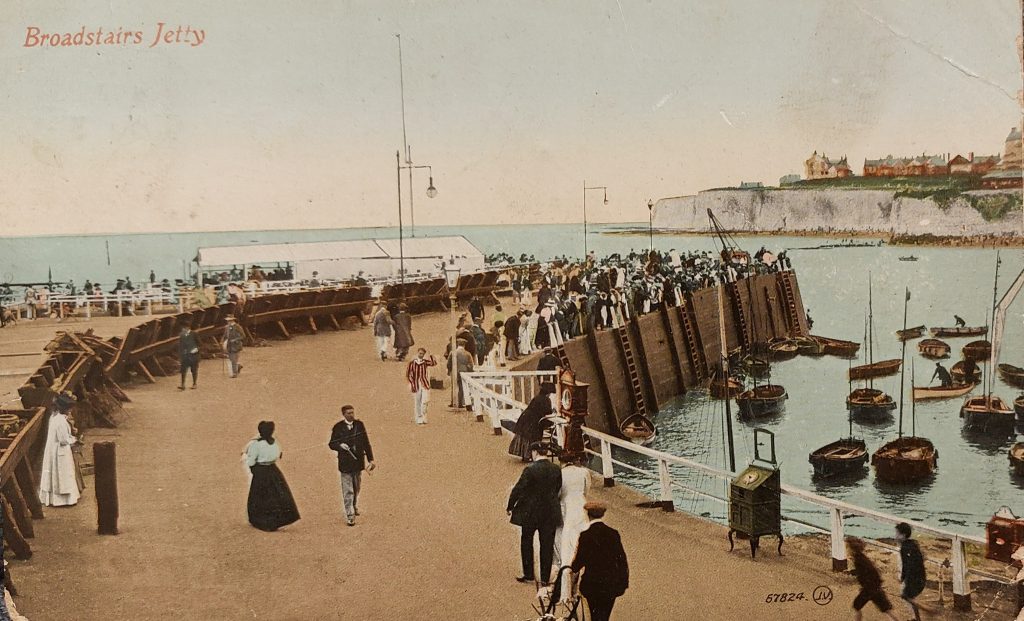
It was hugely satisfying to see the catalogue take shape and although there are still parts of the collection that we could provide additional description for, such as the newspaper cuttings and the photographs, we have our basic structure, so this work can be undertaken in the Spring of 2024.
Katarina Kunova, English literature student who had been volunteering with the university archives before joining the project, said that it was fascinating to work with the collection and valued the experience she gained working with a qualified archivist.
Evie Loos-Page, a University of Kent student, who joined the team, found that cataloguing required attention to detail, but enjoyed the challenge and has used her new-found skills to catalogue another one of the library’s archive collections.
The University are grateful to Nic Costa for his amazing collection, Professor Alan Meades and Helen Wright for helping me put a case together to get the much-needed funding to pay for Nicola’s archival expertise, the university’s Health and Safety team for advising about the storage and management of the plastics and all our wonderful staff, students, families and members of the public who contributed to the project. We are now putting the finishing touches to the collection and welcome visitors in 2024.
 Library
Library Michelle Crowther
Michelle Crowther 1996
1996